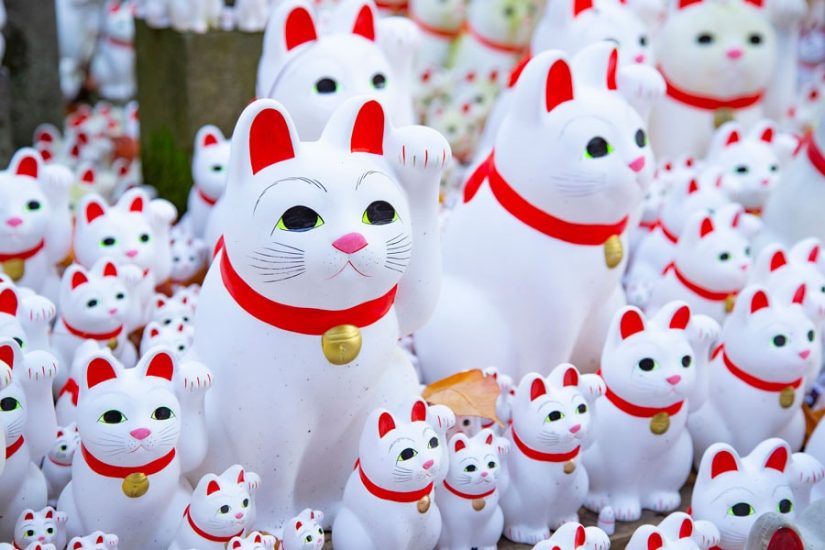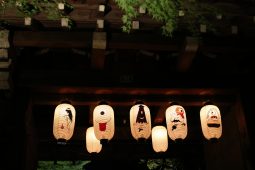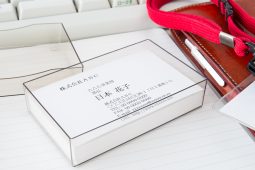“I am a Cat” was the famed Japanese author Natsume Soseki’s first novel — written and published in the early 20th century. The main character is a house cat who, with humor and satire, describes the lives of the upper middle-class humans around it in all their pomposity. Originally, the novel was a short story that Soseki expanded due to demand and popularity. So, what is it about the cat that appeals to Japan’s masses?
It was most likely Soseki’s writing skills, rather than the fact he used a cat to tell his story, that won his first novel a huge army of fans, but the cat does hold a special place in Japanese culture. Today, there are 11 “cat islands” in the country which have more cats than people, or else they make up a large proportion of the island’s population. There are umpteen Cat Cafes in Tokyo — many more than for other animals. The lucky “beckoning cat” statue, Maneki-neko, is a common sight at many restaurants and businesses, and is used in a multitude of souvenirs. As elsewhere, however, the history of the domestic cat in Japan lies around its ability to hunt small rodents, namely mice and rats!
Going back in time, we find the first mention of the word “neko” (cat) in 8th-century Japanese texts, and Buddhist monks in Nara during the 12th to 14th centuries valued cats for their ability to keep rats away from the shrines. Hence, the cat became a temple and shrine guardian. In the 14th to 16th centuries, cats were often tethered at the homes of, in particular, noble families to stop them wandering off and getting lost or stolen. Then, between the 17th to 19th centuries, Edo-period merchants would carry photos of cats around town with the aim of selling them to not only households, but also restaurants and other businesses where rats were a problem. The maneki-neko symbol is actually said to originate from this period. For restaurant owners, the beckoning cat figure was a way of informing potential customers that their establishment was free of rodents and a good place to dine. The maneki-neko colors of red and white symbolize prosperity and good fortune in Japanese culture.
Soseki’s novel may have been the first to feature a cat, but the animal abounds in old stories of the mythical variety, particularly in the Edo period. The bake-neko (fairy-monster cats) are well-known among Japanese, and these stories have been carried over into modern times, with versions of the creatures appearing in popular manga, anime and children’s cartoons and literature. In a story by Kenko Yoshida, a bake-neko, whose tail splits into two, terrorizes and devours people living in the mountains. In another story, a Samurai household’s cat turns into a bake-neko which attacks a servant and takes the form of the servant’s mother after eating her. Other Edo tales include one with an army of fairy-cats and one in which a senbei (japanese rice cracker) shopkeeper’s wife is possessed by the spirit of a cat he had killed. Therefore, although the cat was prized it was also feared through its association with the above supernatural creature in the popular imagination. As the saying goes: “Kill a cat and you will be cursed for 7 generations”. This saying didn’t seem to stop Edo-period Shamisen makers who used either dog or cat hide to make the traditional 3-string instrument played in kabuki plays and puppet theater!
Fast forward to modern times, and recently there has been a small boom in books by Japanese authors whose storyline centers around a cat. Novels such as “Kafka on the Shore” by Murakami, “If Cats Disappeared from the World” by Genki Kawamura, “The Guest Cat” by Takashi Hiraide, “A Cat, A Man, and Two Women” by Junichiro Tanizaki or “The Travelling Cat Chronicles” by Hiro Arikawa have been translated into other languages and gone on to become bestsellers outside Japan. It seems that not only Japan, but book readers around the world love stories featuring cats!
Finally, if you’re looking to own a cat or two while in Japan, then you may consider adopting from an animal shelter called ARK which has shelters in Tokyo and Osaka. They do great work rehoming abandoned and rescued cats and dogs. Just remember a few things. In Japan, the cat and the dog are not traditional enemies as they are in western cultures, rather this enmity is thought to exist between the dog and the monkey. For this reason, people who don’t get along are said to have a “dog and monkey relationship”. Also, the Japanese cat’s favorite treat is not milk or cream, but Bonito flakes, so remember to stock up and listen to your cat go “Nyan, nyan!”.








